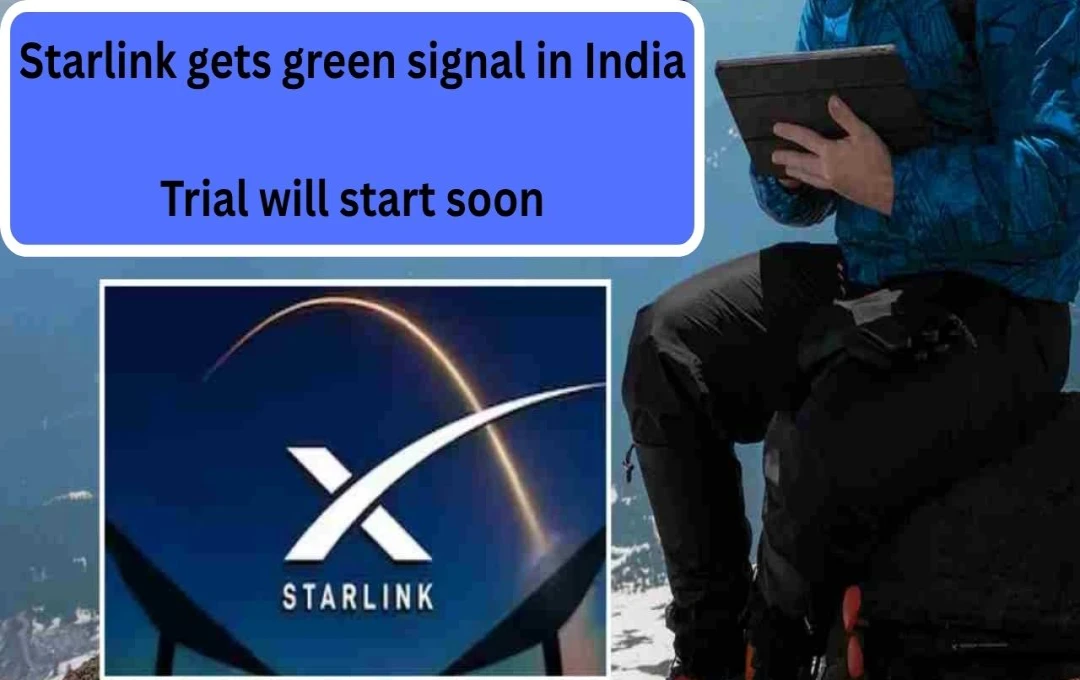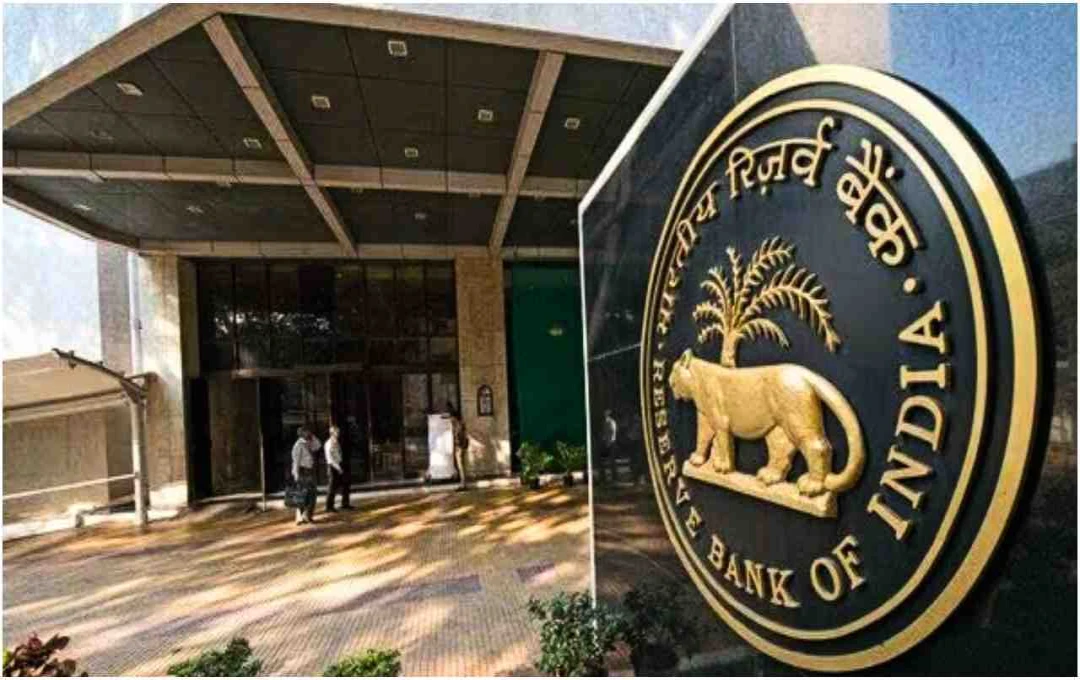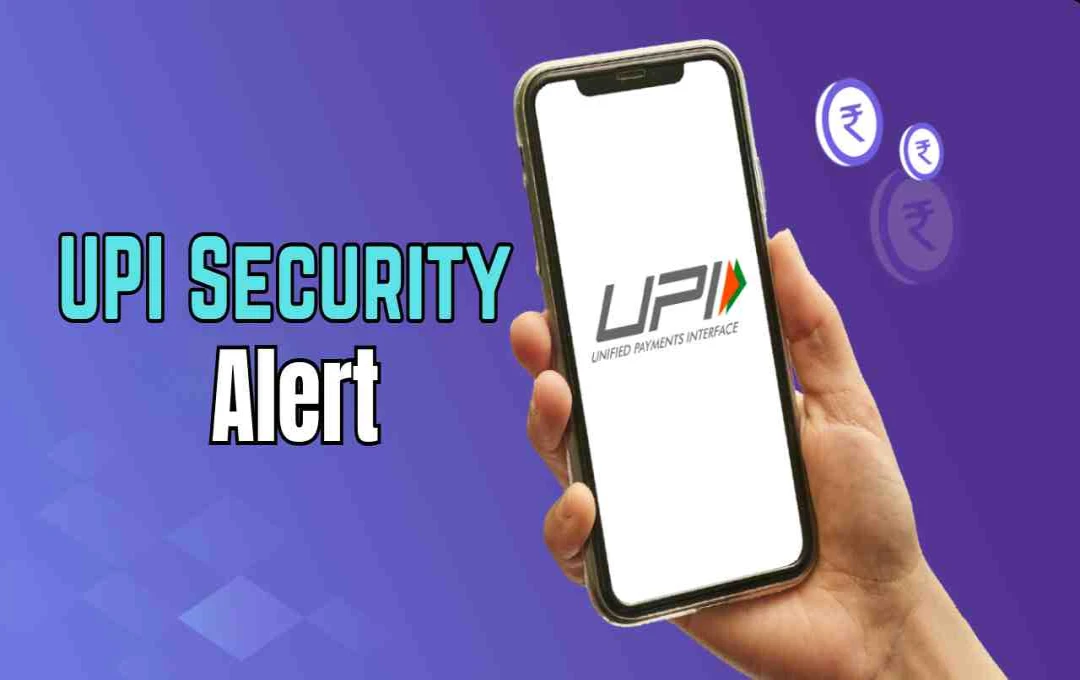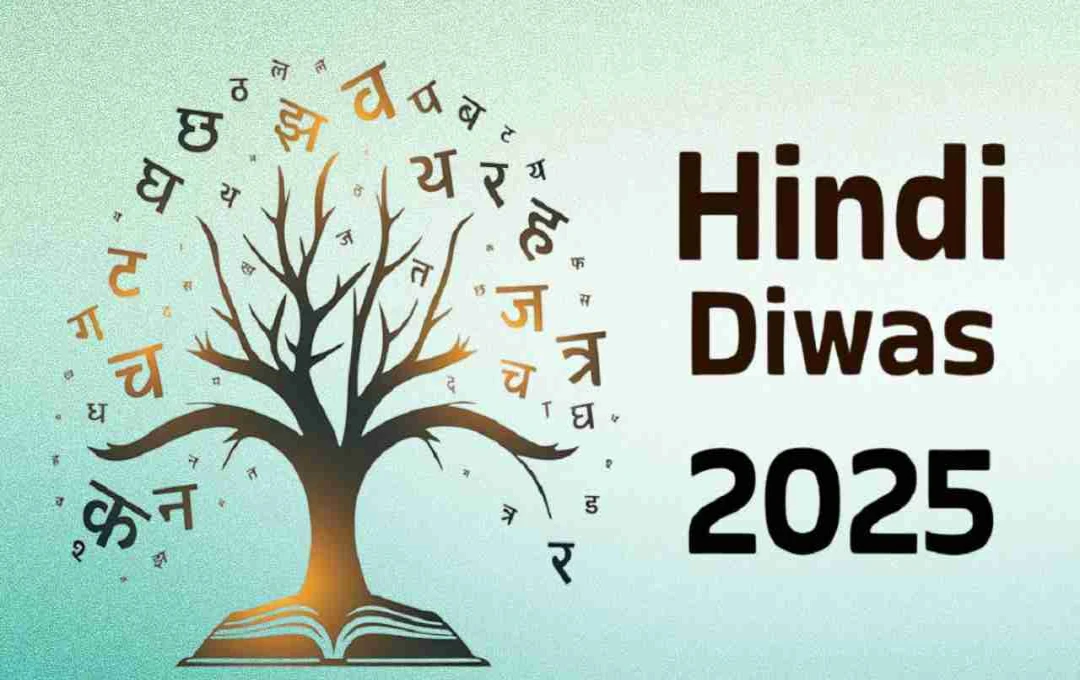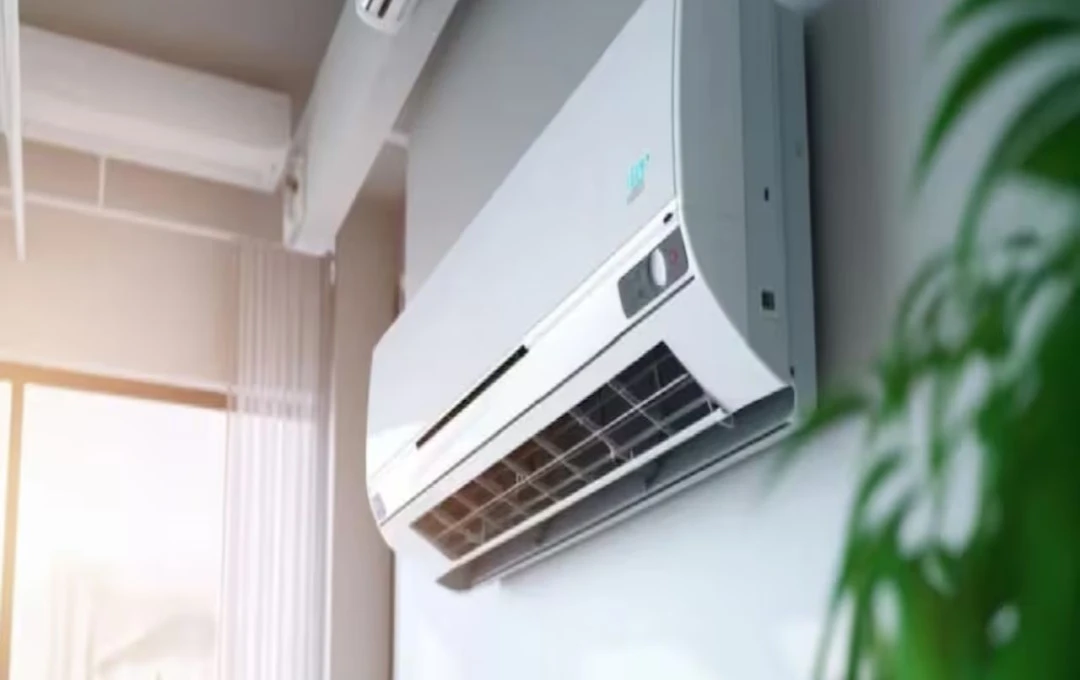A new revolution in internet connectivity is set to arrive in India. Elon Musk's SpaceX has received official approval from the Indian government to launch its much-discussed Starlink satellite broadband service.
Elon Musk Starlink: Further accelerating India's digital revolution, Elon Musk's SpaceX Starlink satellite internet project has received official clearance. Under the license issued by the Indian Ministry of Telecommunications, Starlink can now launch satellite-based broadband services in the country.
This move is considered extremely important, especially for connecting remote and inaccessible areas of India where traditional broadband or fiber networks have not been able to reach.
What is Starlink and how does it work?
Instead of traditional mobile towers or fiber cables, Starlink provides internet service through thousands of small satellites in Low Earth Orbit (LEO). These satellites directly connect to a special dish antenna installed at the user's home or office, receiving the internet signal, which is then distributed throughout the home or office via a Wi-Fi router.
The biggest advantage of this technology is that it can be deployed in areas where laying cables or erecting towers is not feasible. This system is capable of delivering speeds of 50 to 250 Mbps, and latency is significantly lower than traditional satellite systems.
Why does India need Starlink?
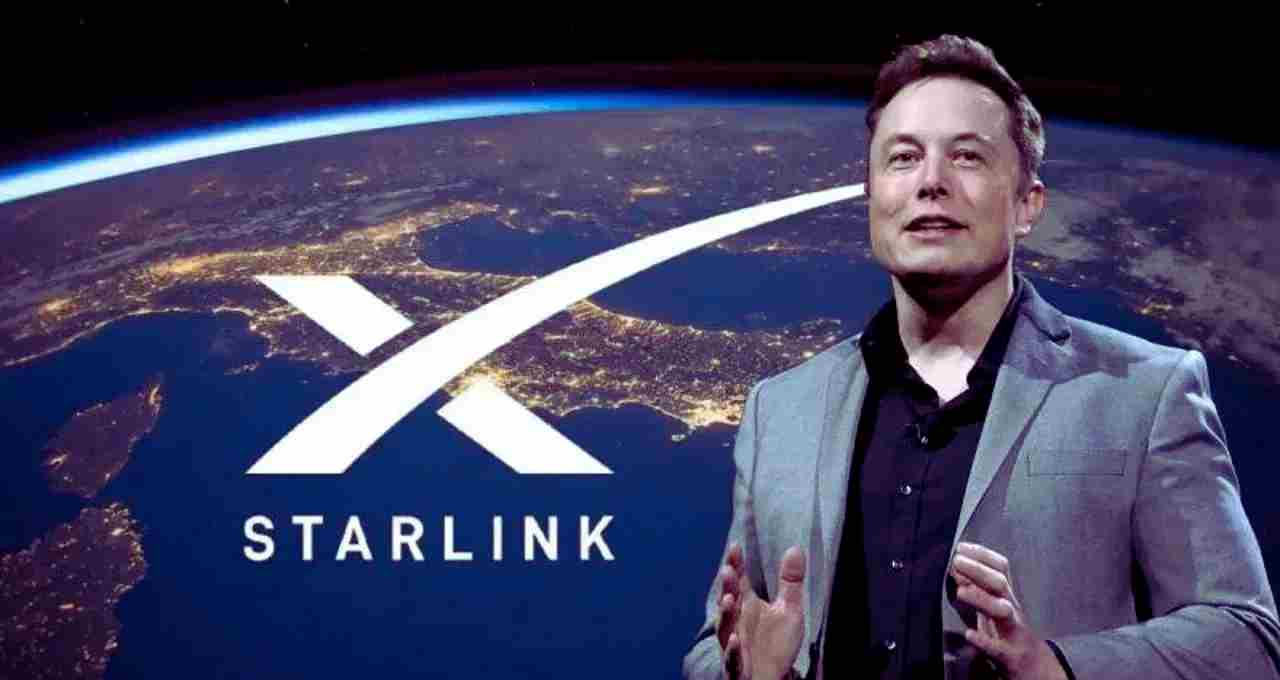
Many mountainous, tribal, and border areas in India remain digitally backward. Providing internet access to regions like Ladakh, Arunachal Pradesh, Jammu & Kashmir, Andaman & Nicobar, and Bastar in Chhattisgarh has always been a major challenge. Laying optical fiber or erecting towers in these areas is not only expensive but also risky.
Starlink can serve as a digital lifeline here. It can easily provide access to emergency services, border security surveillance, telemedicine, digital education, online banking, and e-governance to those who have been deprived of them until now.
Expecting a Revolution in Villages
Starlink's true potential will be seen in villages and digitally disconnected tribal areas. Where there are currently no banks, good schools, hospitals, or mobile networks, a service like Starlink can completely transform lives. Children will be able to attend digital classes, farmers can connect with online markets, and rural women can become economically empowered through digital banking.
The government is considering a subsidy scheme under a public-private partnership model to make this technology accessible to villages at affordable rates.
Will it be Free Internet?
This is the most frequently asked question – will Starlink provide free internet in India? The answer is no, but the government may introduce a subsidy scheme for rural areas.
Currently, Starlink service in the US and Europe costs between ₹8,000 and ₹10,000 per month, and the hardware kit (dish and router) costs approximately ₹50,000 to ₹60,000. Discussions are underway to reduce prices in rural areas to ₹2,000-₹3,000 per month and offer discounts on hardware with subsidies.
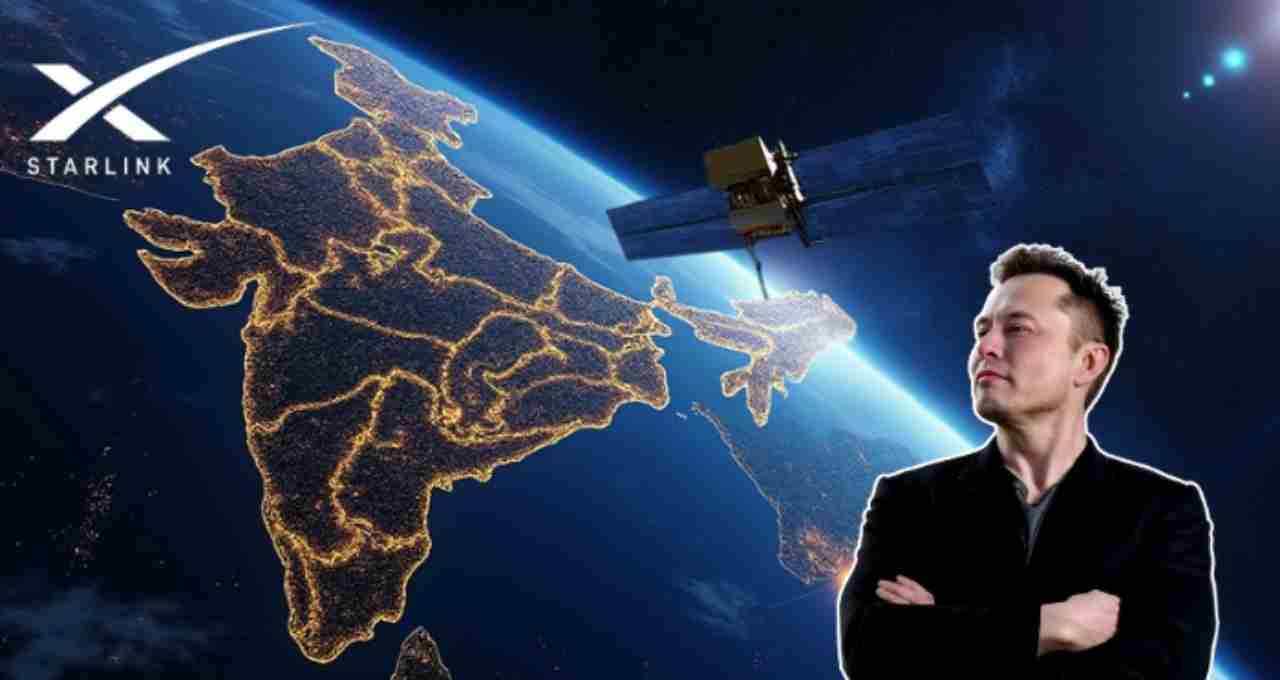
Government Strict on Data Security
The Indian government has granted approval to Starlink with data localization conditions. This means that the data of Indian users must be stored in India. There will be no compromise on national security, data sovereignty, and user privacy. It is noteworthy that in 2021, Starlink started taking pre-orders in India without a license, which was immediately stopped.
However, now that the government has granted a Global Mobile Personal Communication by Satellite (GMPCS) license, Starlink's services have become fully legal and legitimate.
The arrival of Starlink can further strengthen India's digital future. This technology can prove to be a game-changer in the fields of education, health, agriculture, and security. Pilot services are expected to begin in early 2025, followed by a wider rollout.
